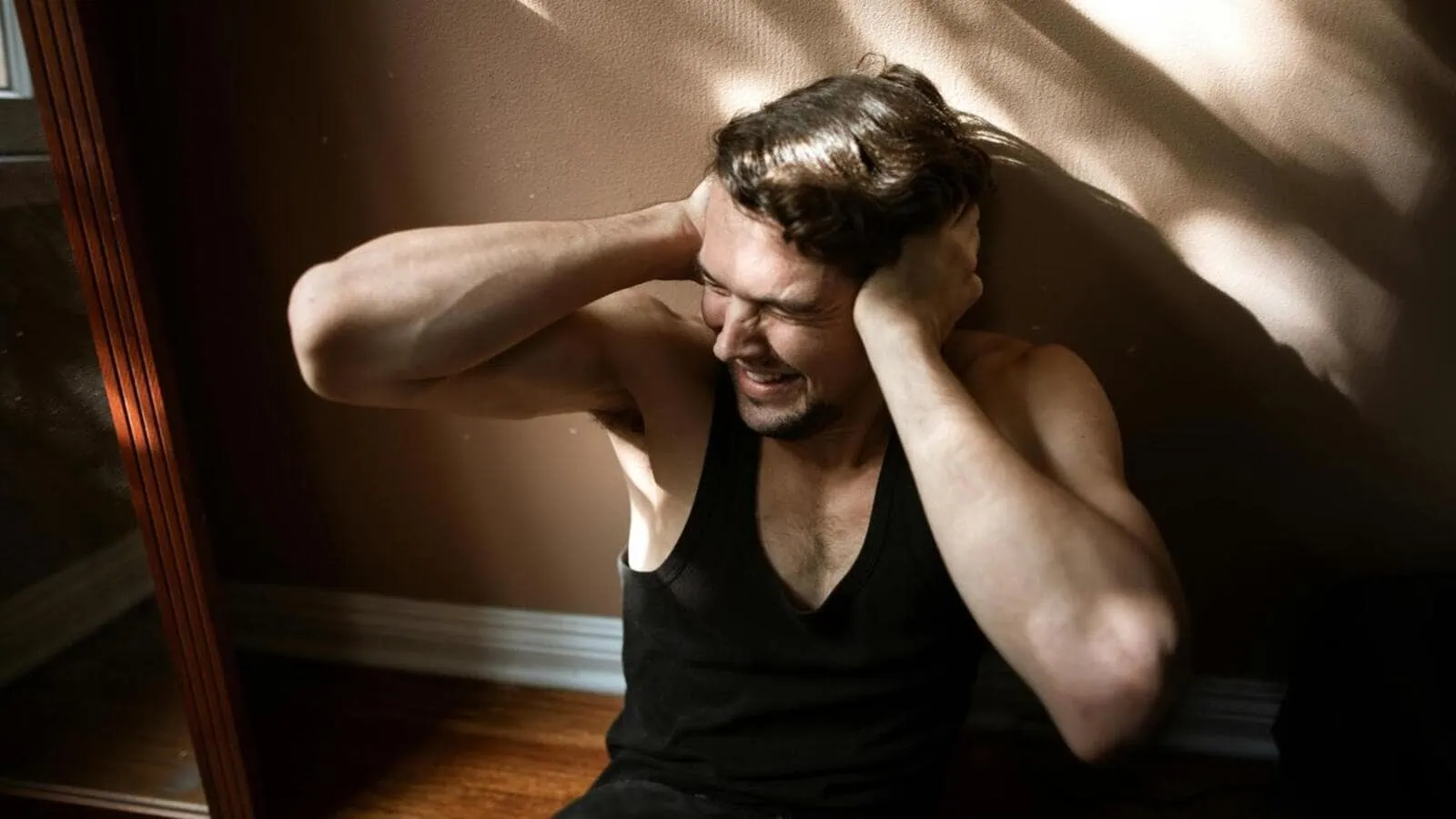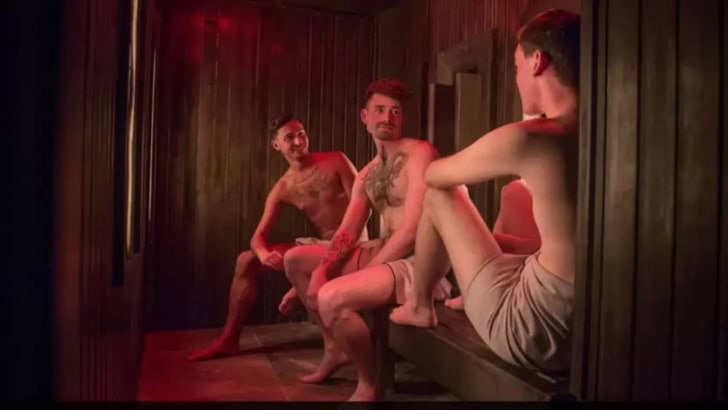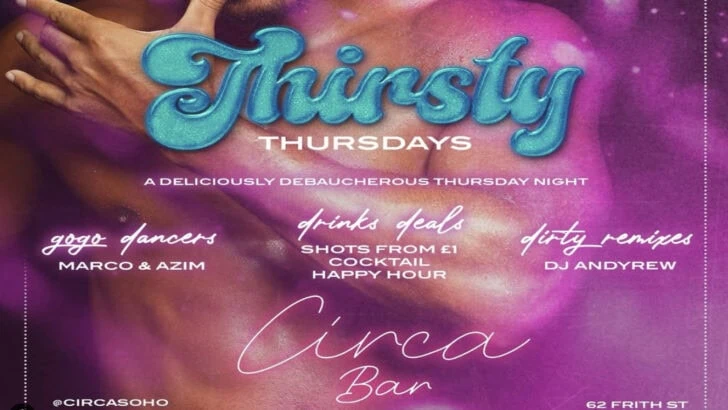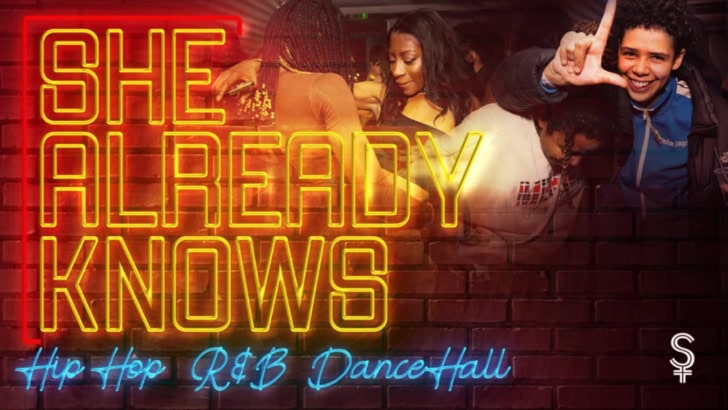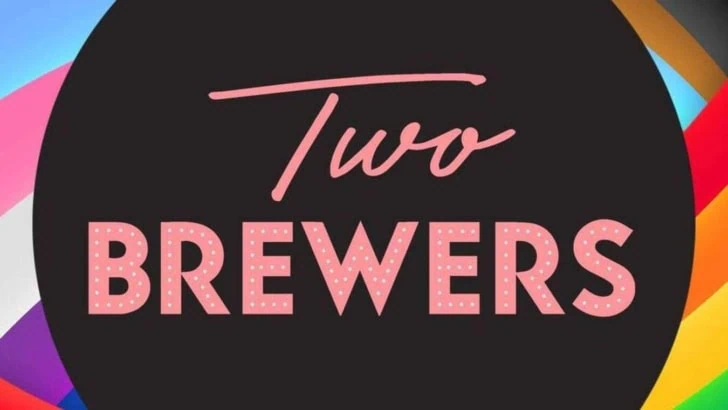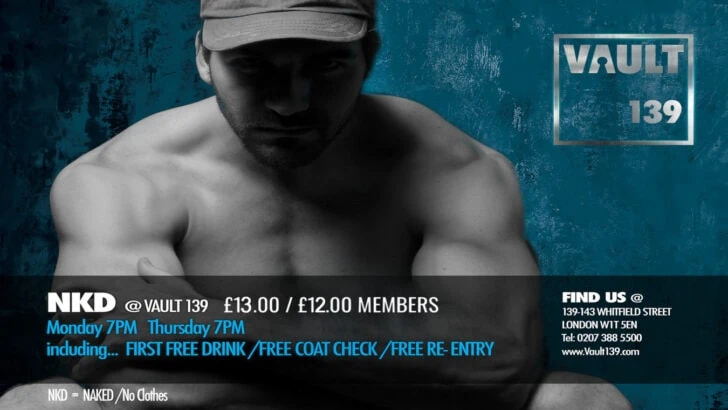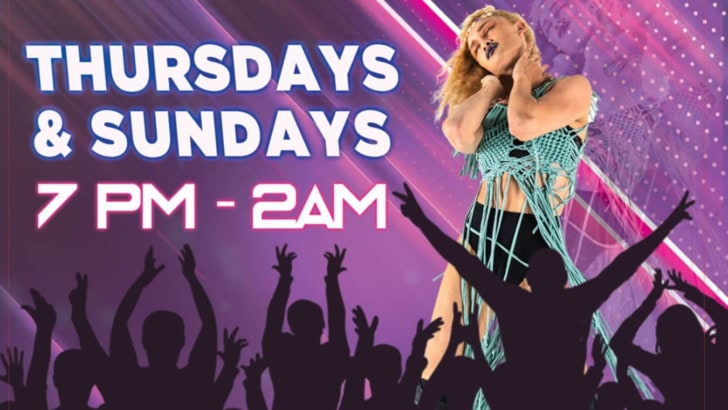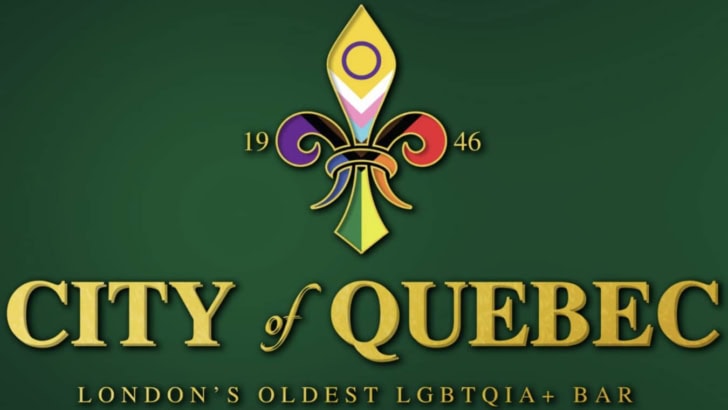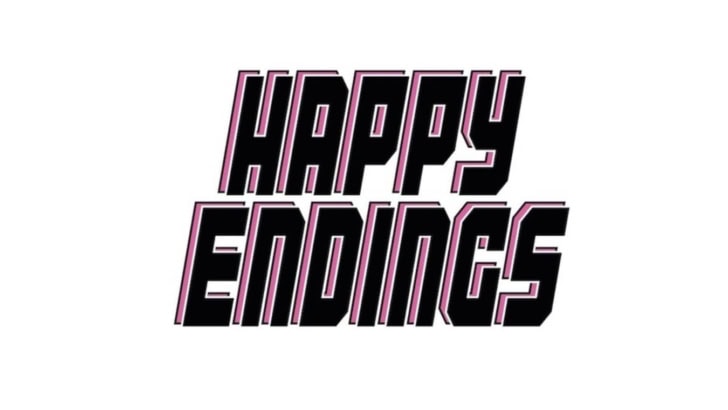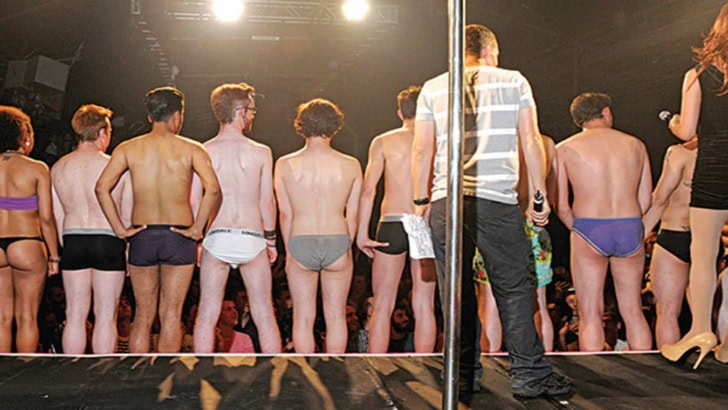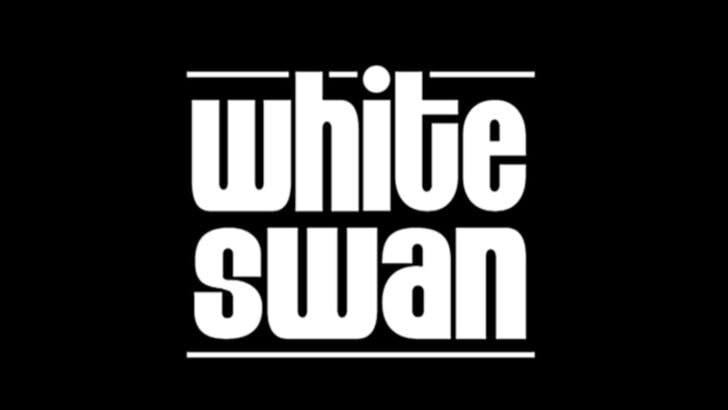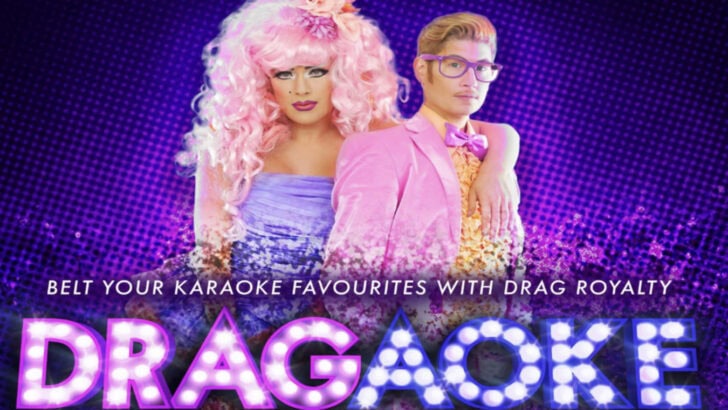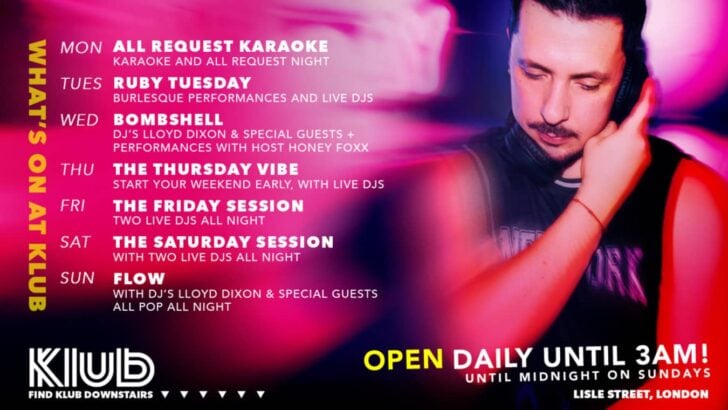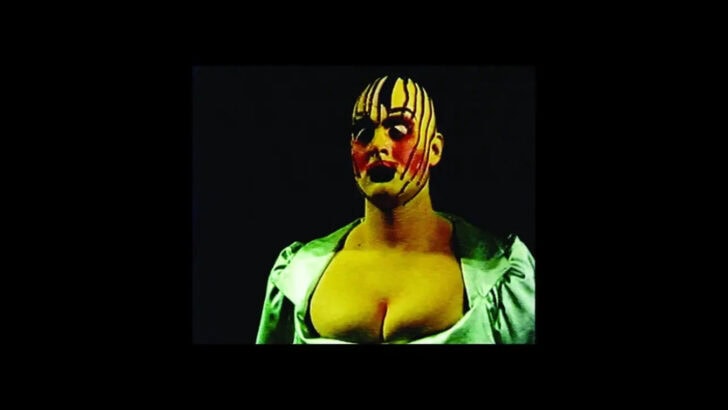Danielle Vincent is a lawyer in the sex abuse team at Hugh James. Here she looks at predatory and abusive behaviour, how to spot it, where the law stands and ultimately what we can do about it.
When is abusive behaviour a crime?
Spotting predatory and abusive behaviour is becoming increasingly complicated, to the extent that many people are confused as to what such behaviour actually entails. As the number of cases relating to sexual misconduct continues to rise, the law is often ill-equipped to handle cases of this nature.
Abuse can happen to anyone, and anyone could be a perpetrator. Statistics are often misleading, with abusive behaviour often never reported. This can be for fear of a victim coming forward or perhaps even because they are unaware that they have become a victim of abuse.
Complicating matters is that each individual’s definition of abusive behaviour varies, so what one person would deem abusive, another may justify as poor temperament.
Just recently, a study was conducted on the act of ‘stealthing’, namely where a condom is removed during sex without consent. This is classed as rape in England and Wales, yet a significant number of those polled did not realise this was a crime.
One area where abuse is skyrocketing is online, especially on gaming platforms and chatrooms. Young people and vulnerable adults are finding themselves victims of predatory behaviour and grooming, which can be initially hard to spot and quickly turn a person’s life upside down. ‘Sextortion’ is a crime to be particularly aware of, as cases of this are rising substantially; it is where children are being coerced into sharing intimate images of themselves and are then blackmailed for large sums of money.

Where does the law stand?
Over the years, depending on circumstances, protections have been attempted to be put in place, but more legal protection is needed.
In social situations such as bars, there have been campaigns such as ‘Ask Angel at the bar’ or ‘Ask For Clive’ (in gay bars such as The Two Brewers) to alert staff to a problem subtly when, for example, a blind date has not turned out to be who you think they are.
Meanwhile, under Clare’s Law, an individual can make a request to the police, which enables the police to disclose information of domestic abuse about their partner or ex-partner’s previous abusive or violent offending.
Where technology is concerned, apps such as Instagram now have age limits, while Snapchat is looking into safety settings to protect young people.
Certain areas of abuse have clear laws, such as the sharing of inappropriate images, often known as ‘revenge porn’. Recent high-profile individuals (e.g. Steven Bear) have received prison sentences and have been placed on the sex offender register, illustrating the potential legal repercussions of such behaviour (which is also on the rise.)
Types of abusive behaviour
However, where an individual’s behaviour is abusive but has perhaps not escalated to violence or a crime, it can be much harder to spot. Typically, this is where someone is feeling controlled or emotionally abused.
The number of manipulation tools used to emotionally abuse another seems endless: love bombing, gaslighting, breadcrumbing, hoovering, negging – the list goes on. New terminology used to describe these behaviours can, however, make it somewhat easier for a victim to detect.
While many forms of domestic abuse are crimes, such as harassment, assault, rape and so on, there is no single criminal offence of ‘domestic abuse’. Similarly, the aforementioned emotional manipulation tactics are not in and of themselves unlawful. It can, therefore, be very difficult for people to detect when they are on the receiving end of abusive behaviour.
While these crimes are on the rise, progress is being made. The more discussions are held, the more society becomes educated that such behaviour is inappropriate. We have seen movements such as #MeToo and many difficult topics being explored in films and soaps – most recently, the film ‘It Ends With Us’ perfectly portrayed just how confusing abuse can seem to a victim.
How do I know if I am a victim of abuse?
The age-old saying “trust your gut” is always a place to start. For example, someone who changes quickly, is deceitful or evasive could be a sign of gaslighting. If you find yourself in such a situation, confide in someone you trust or perhaps reach out to professionals, such as your GP, social worker, teacher, etc.
There are also many 24-hour support helplines, such as Rape Crisis, Refuge, LDVS and Samaritans and other charities around the country that provide support.
If you have friends or family you are concerned about, consider trying to talk to the individual alone or seek support from a professional.
Finally, it is worth noting that individuals who have been abused may be entitled to compensation, whether through a Civil Action or the Criminal Injuries Compensation Authority.
Danielle Vincent is a lawyer in the sex abuse team at Hugh James.
In an emergency always dial 999
The Stonewall Housing office contact details for advice and assistance:
GALOP helpline is for LGBT+ people experiencing abuse or violence:
Such as hate crime, domestic abuse, sexual violence, so-called “conversion therapy” or any other kind of abuse.
